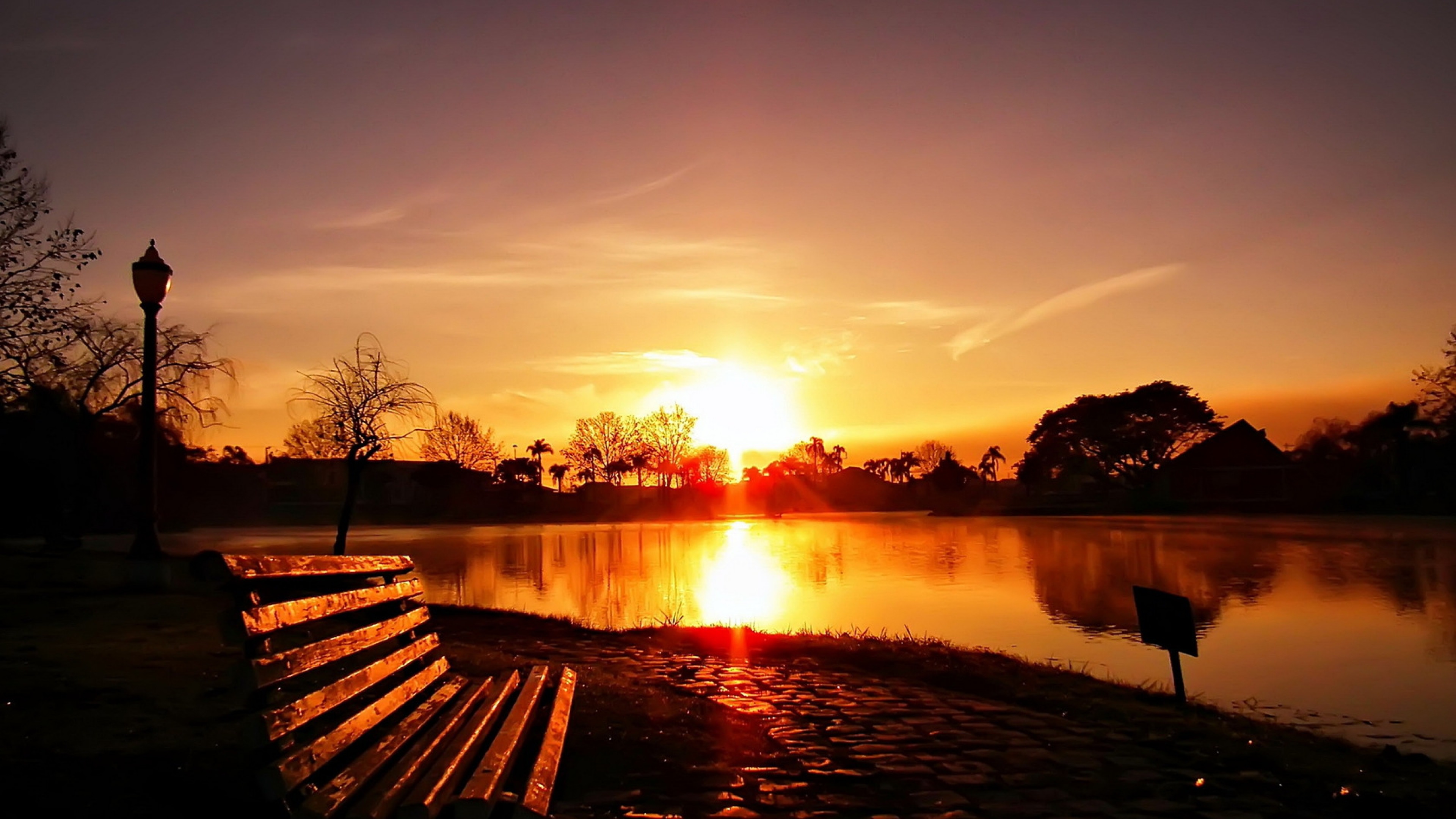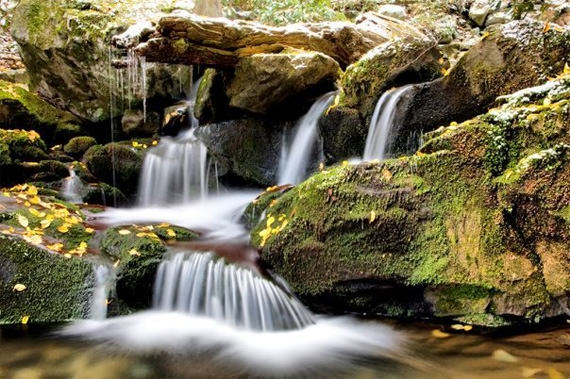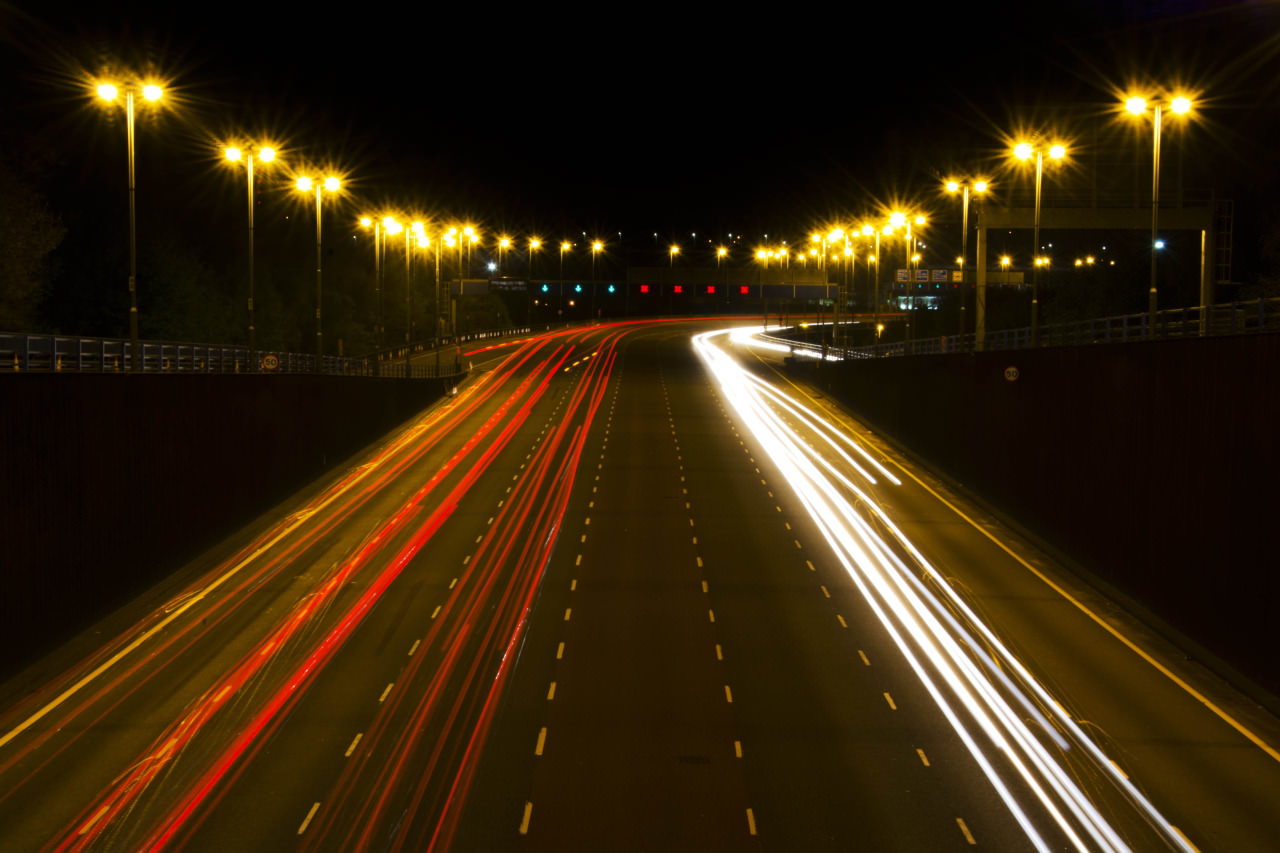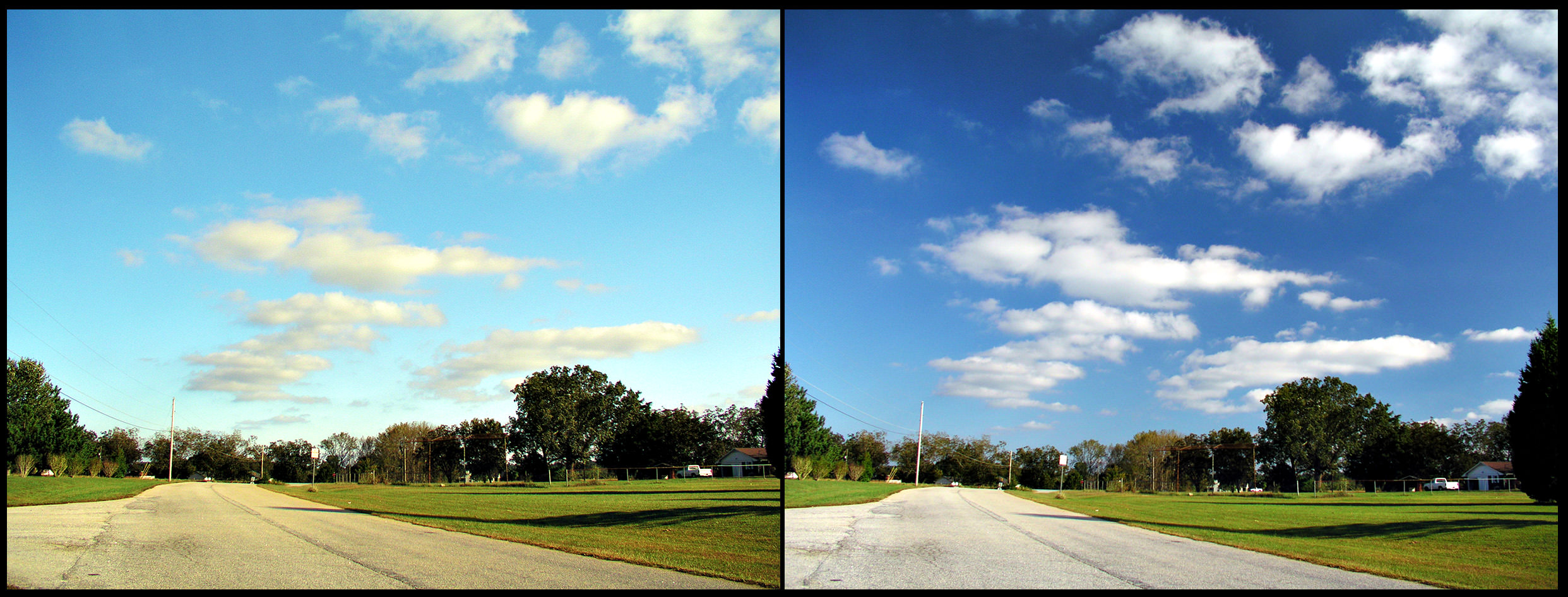
It sounds so simple - "take a landscape picture".
And sure, they look good on your phone, your TV or on Facebook, but how do you get those jaw-dropping, more than the eye can see, truly spectactular landscape shots.
In the first of our series of "How To Do", we hope to show you and help you get those gorgeous shots.

So what is it?
Landscape photography is done for a variety of reasons. Perhaps the most common is to recall a personal observation or experience while in the outdoors, especially when traveling. Others pursue it particularly as an outdoor lifestyle, to be involved with nature and the elements, some as an escape from the artificial world.
Landscape photography commonly involves daylight photography of natural features of land, sky and waters, at a distance—though some landscapes may involve subjects in a scenic setting nearby, even close-up, and sometimes at night.
The photography of artificial scenery, too—such as farm fields, orchards and groves, gardens and flower beds, even ornamental architecture and common public and private spaces—may be considered "landscape" photography as well. Even the presence of man-made art (e.g. Sculpture), or structures (buildings, roads and bridges, etc.) - if presented in artistic settings or appearing (or photographed) in artistic style—may be considered "landscape."
However, the dominant use of the term "landscape photography" generally is in reference to photography of naturally occurring scenery in open spaces—typically ranging from a dozen feet, to a dozen meters, to a dozen miles, in breadth.
Key things to remember.
1. The magic hour
Beautiful landscape photos are often defined by the quality of light they were taken in. As a consequence, photographers tend to shoot early in the morning or during late afternoons when the sun is lower, less contrasty and often displays a subtle colour palette of moody hues. For this reason, the hours after dawn and before dusk are known as the 'magic hours'. If rising at dawn doesn't sit well with your idea of a relaxing weekend, don't panic - there are plenty of great landscape opportunities throughout the day.

2. Composition
Composition is key to successful landscape photography, and if you don't know where to start, use the 'rule of thirds' to get things going. Perhaps the king of all beginner landscape photography tips, it's an easy principle to apply - simply divide your frame into imaginary thirds on both the horizontal and vertical axis.
Now simply place areas of interest at the points at which the lines intersect or - in the case of a horizon - along one of the lines. However, don't be afraid to throw away the rule book and totally disregard the conventions of composition. While you might have some awful failures, you might also create an original and striking masterpiece. Be bold and experiment.
3. Get out there
There's no substitute for putting in a bit of groundwork before embarking on a photographic adventure. Research and find the best photo locations, get a map, a compass and remember that you'll probably have to get out of the car and walk to get the best shots.
4. Polarising filters
Most landscape photographers will have a circular polarising filter in their kit bag. There are many uses for filters like this, but for the landscape photographer the two key characteristics are their ability to cut out reflections and nasty glare from a scene and the increased colour intensity, saturation and contrast they create. You'll really notice the effect in clear blue skies. To see our extensive range of Polarising filters, click here
5. Depth of field
Many landscape photographers desire an image that appears sharp throughout the scene, so that elements of foreground interest, such as a rock in a lake, look just as sharp as the distant horizon. This can be achieved relatively easily using the principles of depth of field, whereby the smaller an aperture you use, such as f/22, the greater the area both before and beyond the point of focus also appear to be sharp. This principle can be taken one step further with hyperfocal distance focusing. Generally, when you're using small apertures you'll need to compensate with slow shutter speeds, so it is essential to (know how to) use a tripod.
6. ND grads
One of the great problems for landscape photographers is the difference in brightness between the sky and the land. While the human eye is capable of perceiving detail across this tonal range, a digital sensor isn't capable of recording it. So ND Grad filters (neutral density graduated filters) were created and have been avidly used by landscape shooters ever since. Their gradual transition from clear to dark neutral density allows the photographer to balance the exposure between the sky and the land to make a more even exposure in which detail remains in both the highlight and shadow areas. An alternative to this is exposure blending, where different exposures are made of the scene and combined in software later.
7. Man and the landscape
Great landscape photography is not necessarily about hunting out the most picturesque scene, in the most wonderful light and at the most perfect time of day. Indeed, there are many aspects of the world's landscape that are less glamorous, such as the effects of heavy farming, rapidly expanding suburbs and sprawling industrial wastelands, that can make a poignant subject for the concerned photographer. Take a look at the effects of man on the landscape near your home and use them as photographic subjects.
8. RAW
To maximise on quality and also to allow you to edit your original images non-destructively, always shoot raw files when taking landscapes. RAW processing software, such as Adobe Camera Raw, is now so sophisticated that unless you want to significantly manipulate your image you rarely need to switch to traditional image-editing software, such as Photoshop.
9. Slow exposures
Slow exposures are regularly used by landscape photographers, whether it's to optimise depth of field with a small aperture or to create smooth and milky seascapes by taking long exposure pictures of the sea. Exposures can be seconds (rather than fractions of a second) long, so a sturdy tripod is a must. To further minimise camera movement during the exposure consider using a cable release or your camera's self-timer, as well as locking the mirror up.
10. Inspirational photographers
There are many great landscape photographers to draw inspiration from, as a simple Google search will prove. However, it's worth looking at the work of Ansel Adams, who is often considered the old master of landscape photography and one of the best photographers of all time. If you get the chance to see his work in a gallery, make sure you go! Closer to home, the work of Fay Godwin reveals aspects of man's influence on the land in a unique way. And, of course, the work of favourites such as Joe Cornish, Charlie Waite and David Noton is sure to inspire…
11. Keep Trying, travelling and trying
You may not get it right first time. You might not get it right the second, third or eighth time. But there is never any harm in trying again, or trying it in a different way. You can always call us, come and visit us, or speak to us online and we’ll try our best to help and guide you any way we can.
Tools
As well as these key points, it's worth remembering that your camera and your eye's are incredibly important aspects of taking the perfect landscape shots. However, we have found out through experience that there are many other pieces of equipment that will aid your persuit of the perfect picture.
These would include:
Remotes - Make sure your camera is nice and steady before firing the shutter
Wide Angle Zoom Lenses - If you want to get everything in, and space is limited, then an Ultra Wide Zoom Lens will make that easier
Tripods - Very difficult to do by hand, tripods will make landscape and panoramic shots become easier
RainSleeves - Just in case the weather turns sour, these will protect your camera and lens against the rain
ND Filters - Great effects with slow shutter speeds
Polarizing Filters - If you want to bring back the true blue skies, these are an essential
Spirit Level - If the land/scene is flat, make sure you are on the right level at all times
Cleaning Kit - Nothing spoils a shot like a smudge on the lens or dust on the sensor. Problem solved.
BackPack - Carry all your equipment with ease and comfort with these perfect camera backpacks
All of these handy handy accessories to make taking your landscape picture that much easier and simple. Most cameras today will have a basic landscape scene mode as part of its automatic range, but if you have a DSLR or Mirrorless camera, venture in to the manual modes and play with your shutter modes, aperutre priority modes and more.
If you need help with choosing the right camera for landscape photography, or help with any of the settings, just give us a call.




